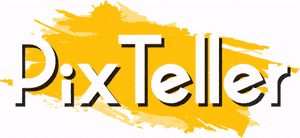Improve Your Online Course in these 6 Steps
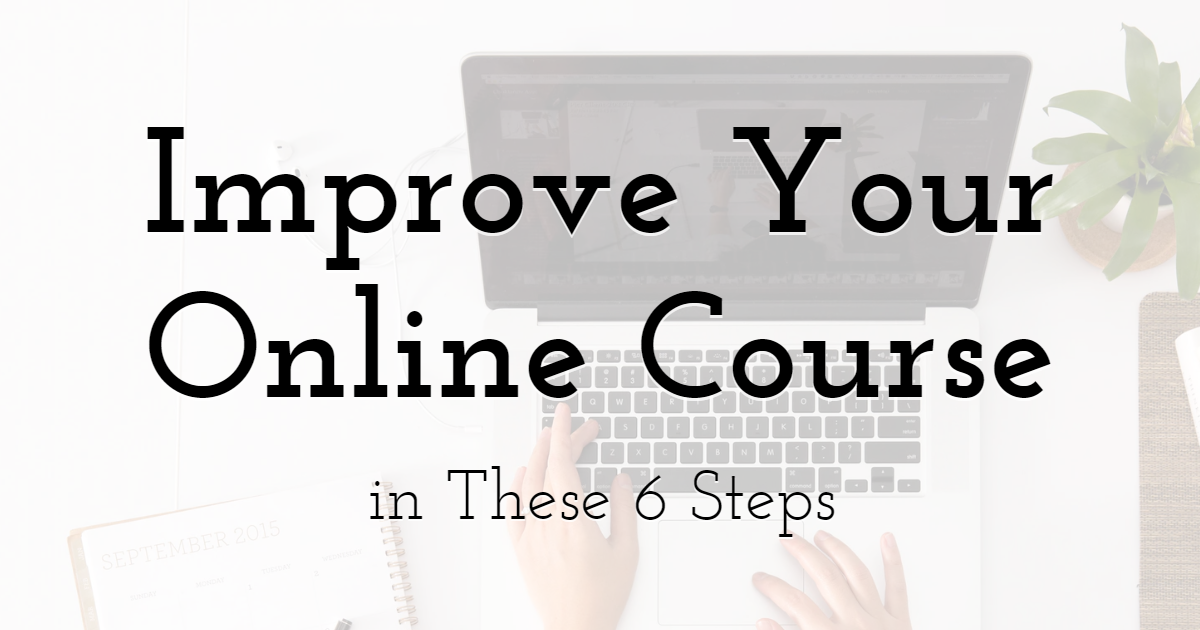
Improve your online course with surprising visuals made
with PixTeller
free picture maker.
You have launched an online course, but it does not convert as expected. That may indicate that your course does not resonate with your target audience. To fix this, you need to optimize it.
Many elements impact the performance of your course. This article offers deep insights into some of them.
1. Highlight Course Goals and Outcomes

When choosing online courses, students want to know what they will learn and which skills they will acquire. That is why you should include a thorough "course goals and outcomes" section in your course descriptions.
For example, enlist the topics and lessons the course covers. Emphasize which skills learners will acquire after completing the module. That is what AZ ACLS, a provider of certifications in ACLS in Phoenix, does. On their website, learners can see a thorough explanation of the course and its benefits.
That way, learners will easily determine whether the course is the right choice for them. That will boost your course efficacy and maximize completion rates.
2. Keep It Interactive

Your learners acquire knowledge more effectively when they are actively engaged rather than passively absorbing information.
That is why you should keep your online course highly engaging. However, maintaining interactivity in an online course is challenging since there are no 1-on-1 interactions between lecturers and students.
Here are a few tactics that may help you:
-
• Gamify your online course. Let learners apply what they learned by playing a game. You can also provide incentives for everyone who completed the module.
-
• Do not limit yourself to student evaluations at the end of the course. Create engaging courses that will help learners test their knowledge in a more engaging way.
-
• Update the course format. Instead of a dull linear progression, pick a tree-like course that branches out into multiple modules and topics. That way, users will be actively engaged and choose which materials to open next.
3. Show the Human Side of Your Course

Humanizing your online course is one of the simplest ways to make it more approachable. For example, you can schedule an online conference with your learners.
The goal is to introduce yourself and get to know your students. If that is not possible, then consider recording a video to share your information and course details.
When creating course content, always make sure you come off as personable. Avoid complicated industry jargon and speak the language your target audience understands.
4. Invest in Design and Visuals

Today, just having quality course content is not enough. To grab learners' attention and keep them engaged, you need to focus on its design and visuals. By that, we mean combining visually appealing colors, font sizes, typography, forms, and images cohesively.
Most importantly, keep your content user-friendly. E-learners are tech-savvy. They do not want to waste time searching for their desired content. In the mobile-first era, learners expect your online course to be navigable, easily searchable, and interactive. Otherwise, they will drop out.
Here are a few steps to take:
-
• Use high-quality graphics and visuals
Top-notch visuals boost engagement and build trust with users. Hire a graphic designer to create consistent visual content that aligns with your course goals and values. -
• Declutter everything
According to statistics, 94% of people say that their first impressions are design-related. For starters, get rid of any unnecessary data. Break the text down into smaller paragraphs and include headings and subheadings to boost readability. Finally, make sure there is enough white space to make your visual content easily navigable from different screen sizes.
5. Improve Course Navigation
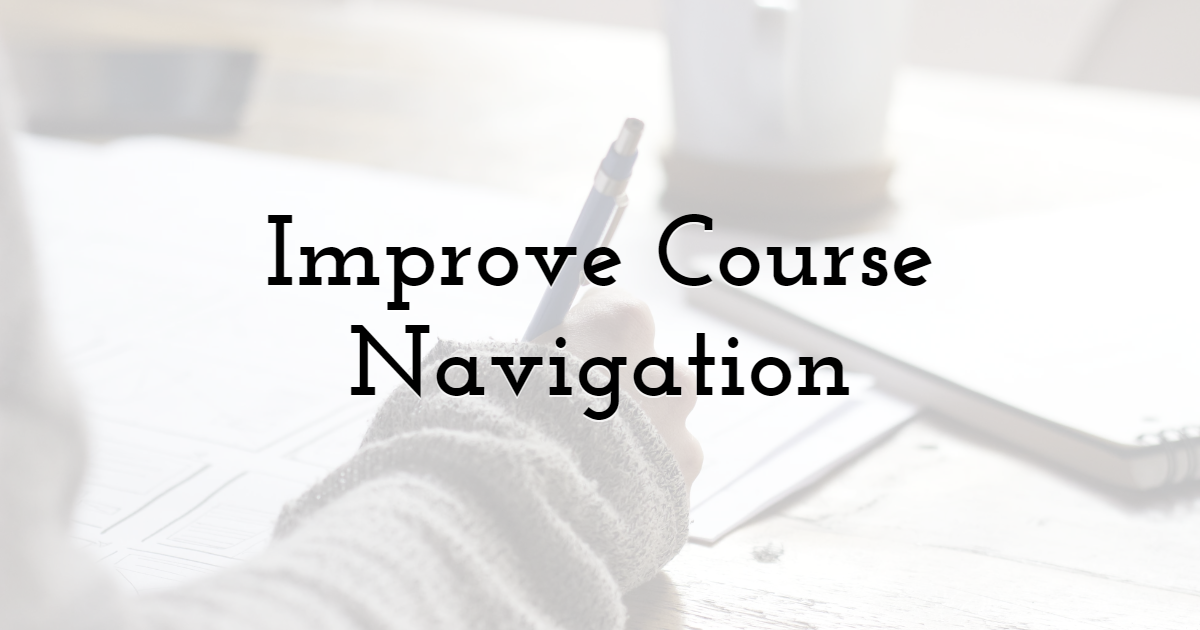
Online users should easily navigate your course. That is why you need to adopt the minimalist approach, where every element is thoughtfully placed.
Here are a few simple tactics to implement:
- • Let users view the progress bar to track their accomplishments;
- • Keep your drop-down menu concise and logical;
- • Use colors to emphasize the most important information;
- • Have a search box to help users find content faster.
6. Use Push Notifications
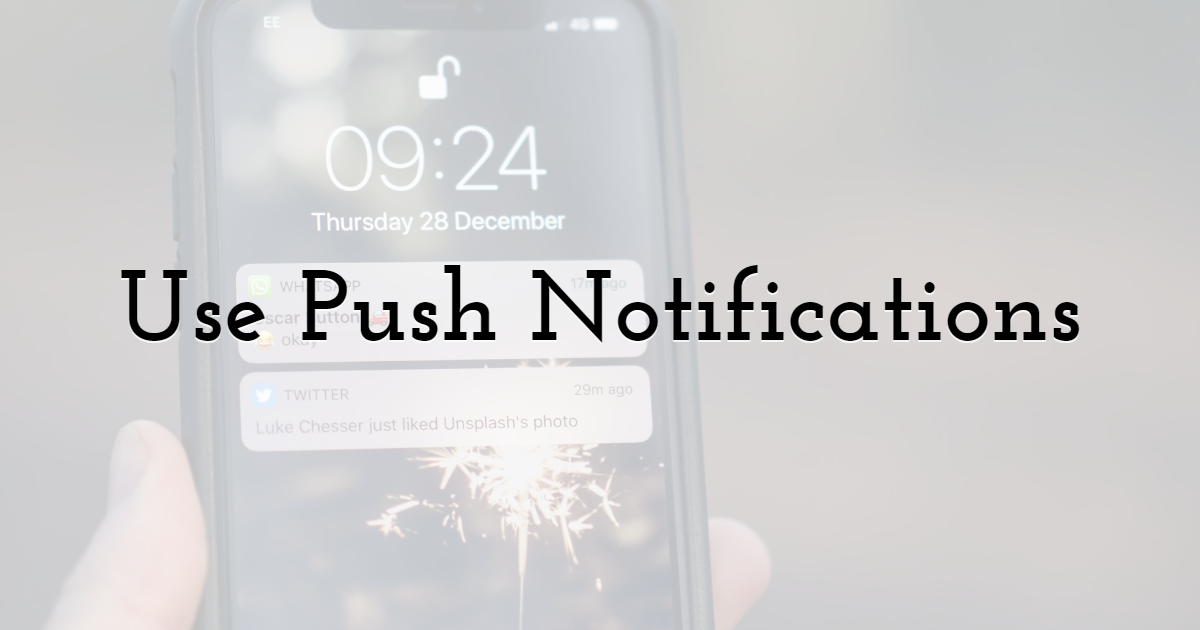
Push notifications are a powerful marketing tool in various industries. They allow you to reach out to your prospects without knowing their email address. You can use this channel to promote your course in multiple ways.
For example, push notifications effectively promote your new online course or chapters you have just published on your website. You can also market discounts and special offers, as well as highlight popular questions asked on your discussion forum.
Final Thoughts
If learners do not see the value of your course, it is time to change that. Online learning provides multiple opportunities for educators. You can combine various content types to design highly relevant, attention-grabbing, and engaging course materials.
With these simple tips, you will boost course authority, attract new learners, and monetize your efforts over time.

Until next time, Be creative! - Pix'sTory made by Eve Anderson
Eve Anderson is a marketing specialist turned blogger. Interested in sports and exciting travel destinations. Love to share content that can inform people.
Recommended posts
-

7 Ways How Design Can Positively Affect Mental Healt
Read More › -

From blank canvas to animated story: how online design tools empower crea...
Read More › -

What is the Top 2D Animation Software for Video Making in 2020?
Read More › -

Design a Professional Looking Web Logo with these Five Tips
Read More › -

8 Best Print on Demand Companies for Graphic Designers
Read More › -
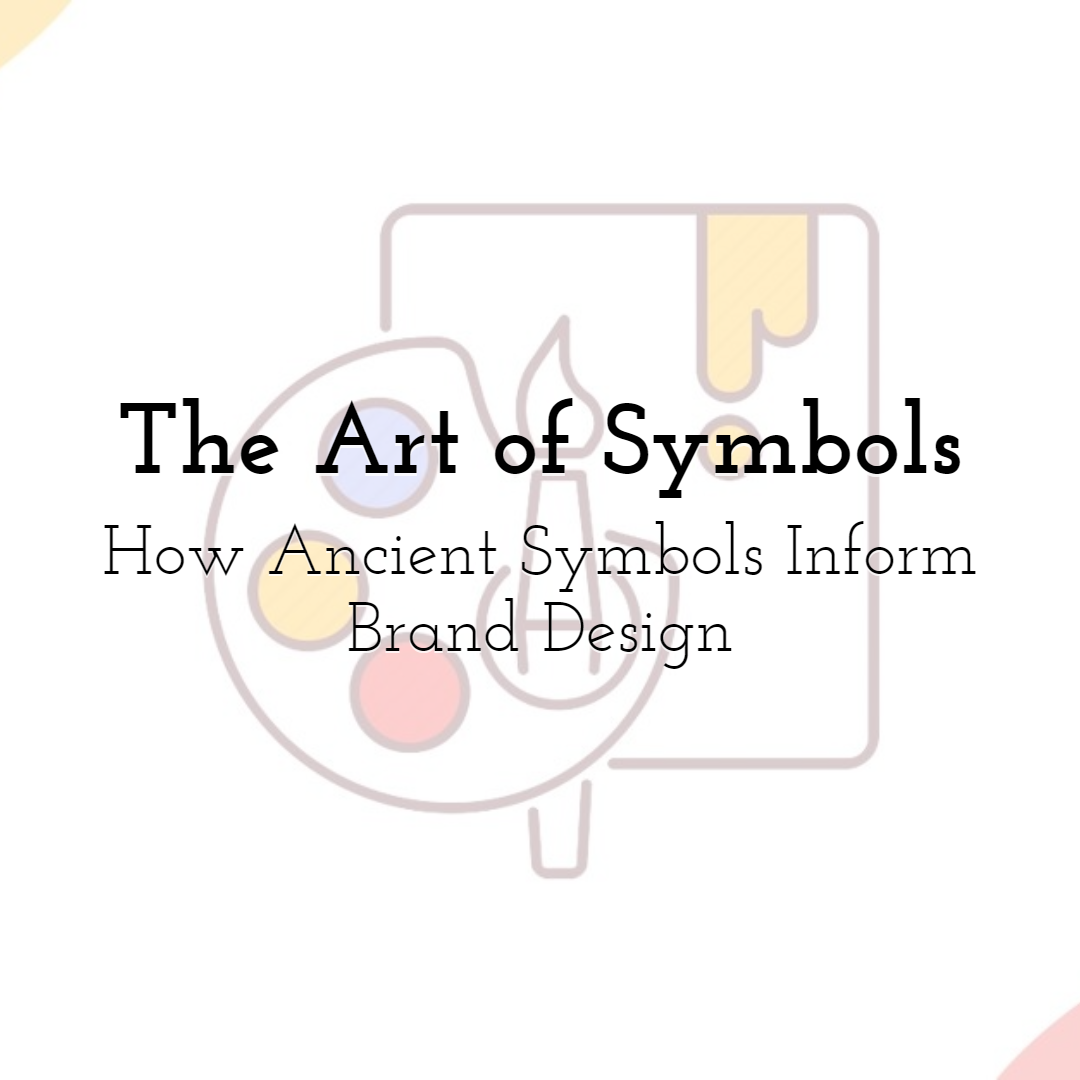
How Ancient Symbols Inform Brand Design
Read More ›
